Encompass Health Rehabilitation Hospital of Middletown, Delaware, is a provider of inpatient rehabilitation following strokes, hip fractures and other complex neurological and orthopedic conditions. It contains 40 beds and includes one patient room that functions as a negative pressure infection isolation room. The room is 19 feet square and conditioned using one constant-volume supply box and one dedicated exhaust fan.
The room was designed to operate at a minimum differential pressure of -0.020 inches of water column (InWC) in relation to the adjacent corridor. But the exhaust fan for the space could not always achieve the required -0.020 InWC pressure, which caused nuisance alarms and, in some instances, a reversal of the room pressure when the room doors opened. The actual exhaust air from the space was increased to the maximum extent possible for the exhaust fan.
Instead of replacing the exhaust fan to achieve the required room differential pressure and to help eliminate the pressure variability, the facility replaced the existing ceiling panels with new gasketed Calla Health Zone AirAssure ceiling panels from Armstrong Ceiling & Wall Solutions. When placed in a standard ceiling suspension system, AirAssure acoustical ceiling panels form a tight seal with the grid and reduce airflow leakage through the ceiling plane up to four times more than panels without AirAssure performance.
According to Tim Roaten, president of Eastern Air Balance of Manheim, Pennsylvania, the target was to maintain the minimum 0.020 InWC under all conditions. By changing the ceiling panels, room pressure increased to 0.0368 InWC, providing an 84 percent buffer above the design minimum. There were no measurable changes to the supply and exhaust airflow in the space. The only change was the replacement of the existing ceiling.
The increase eliminated nuisance room pressure alarms and the need to replace the exhaust fan. It also brought the room into compliance without other costly upgrades to the HVAC system. In addition, replacement of the ceiling only took one day, so extended downtime for the room was eliminated. Also eliminated were labor costs involved in caulking ceiling panel edges, an action some facilities are forced to undertake to achieve desired pressure.
“We knew the ceiling would make a difference but didn’t know how much,” Roaten says. “It performed much better than we imagined, nearly doubling the pressure differential in the room. We simply weren’t expecting that much of an increase.”
“It was a significant improvement,” says Kevin McNeil, the hospital’s director of plant operations. “We are now able to maintain the required pressure throughout the day, which is especially important because of the pandemic. If we need another room that requires negative pressure, I would highly recommend this system.”
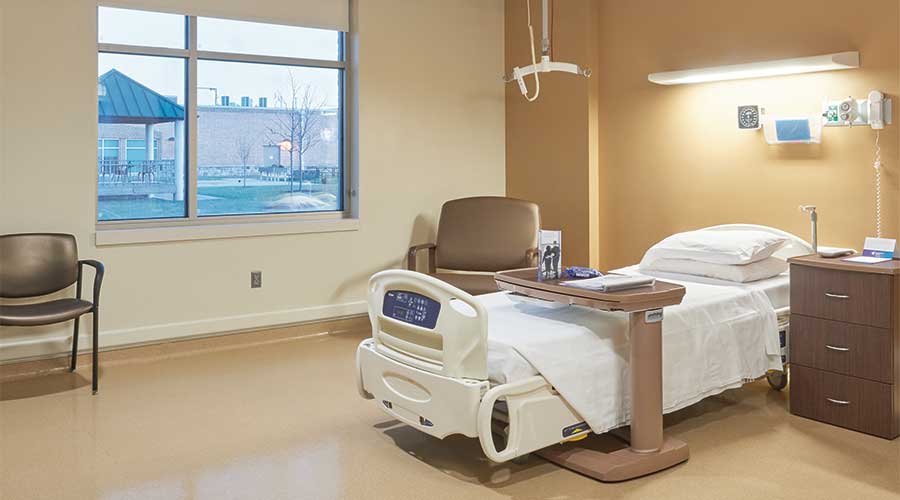
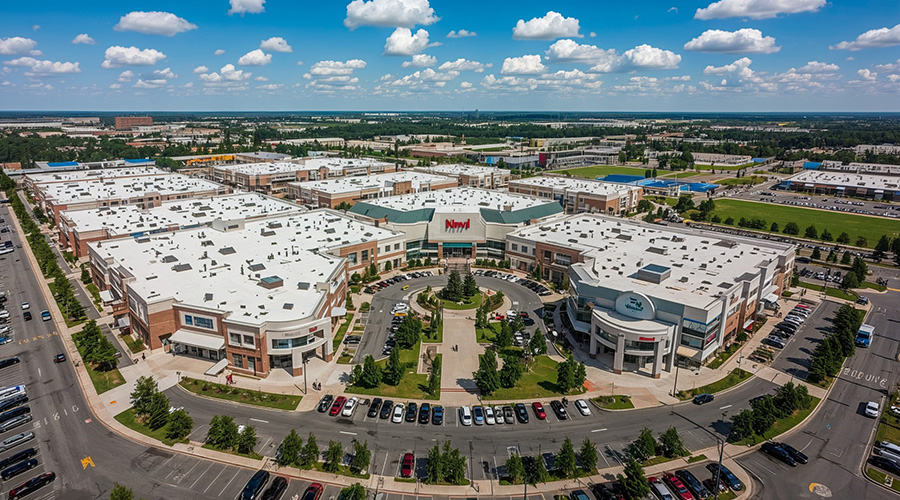 Healthcare Is the New Retail
Healthcare Is the New Retail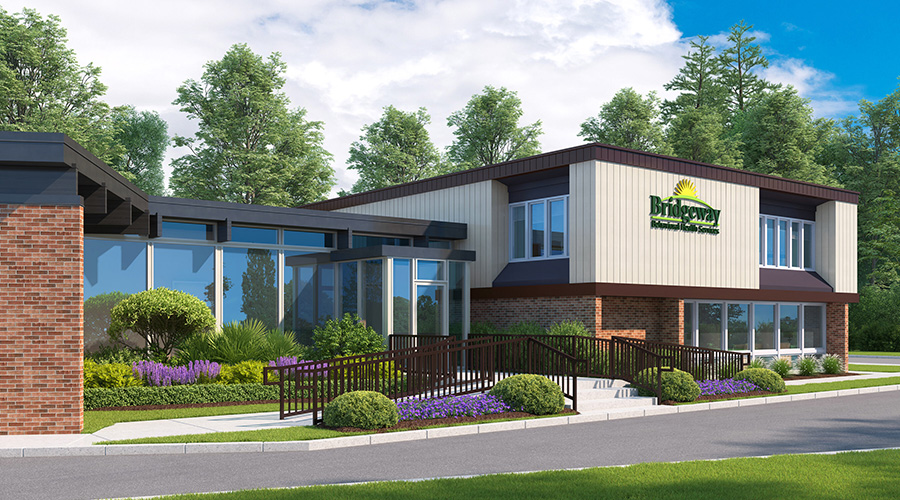 Bridgeway Behavioral Health Services Launches Campaign to Renovate Health Center
Bridgeway Behavioral Health Services Launches Campaign to Renovate Health Center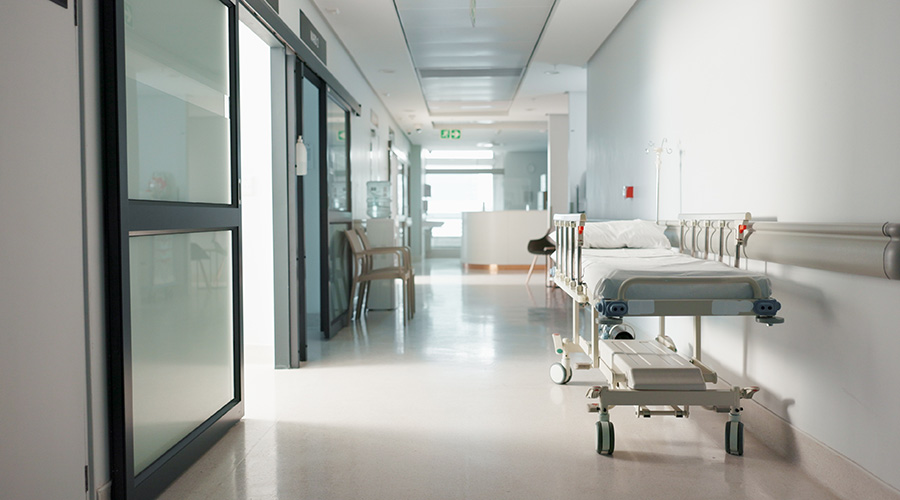 Ground Broken for New North Dakota State Hospital
Ground Broken for New North Dakota State Hospital AI Usage for Healthcare Facilities
AI Usage for Healthcare Facilities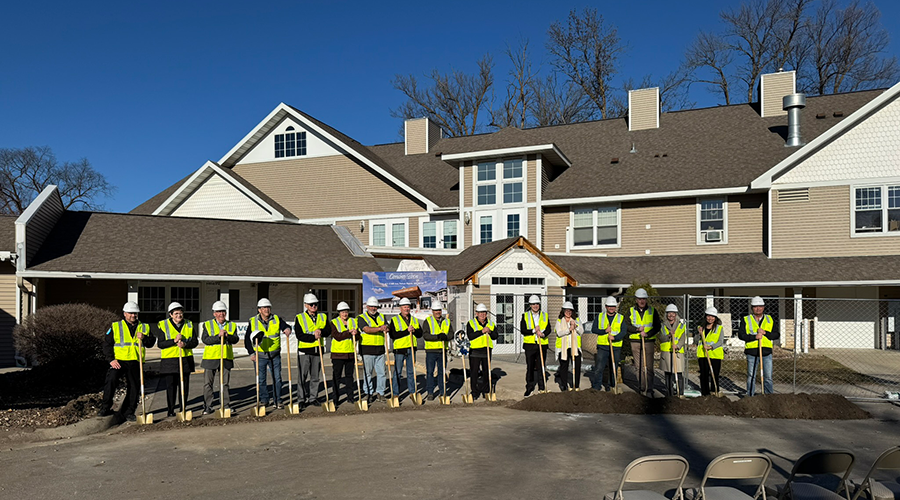 Ground Broken on Pelican Valley Senior Living Modernization Project
Ground Broken on Pelican Valley Senior Living Modernization Project